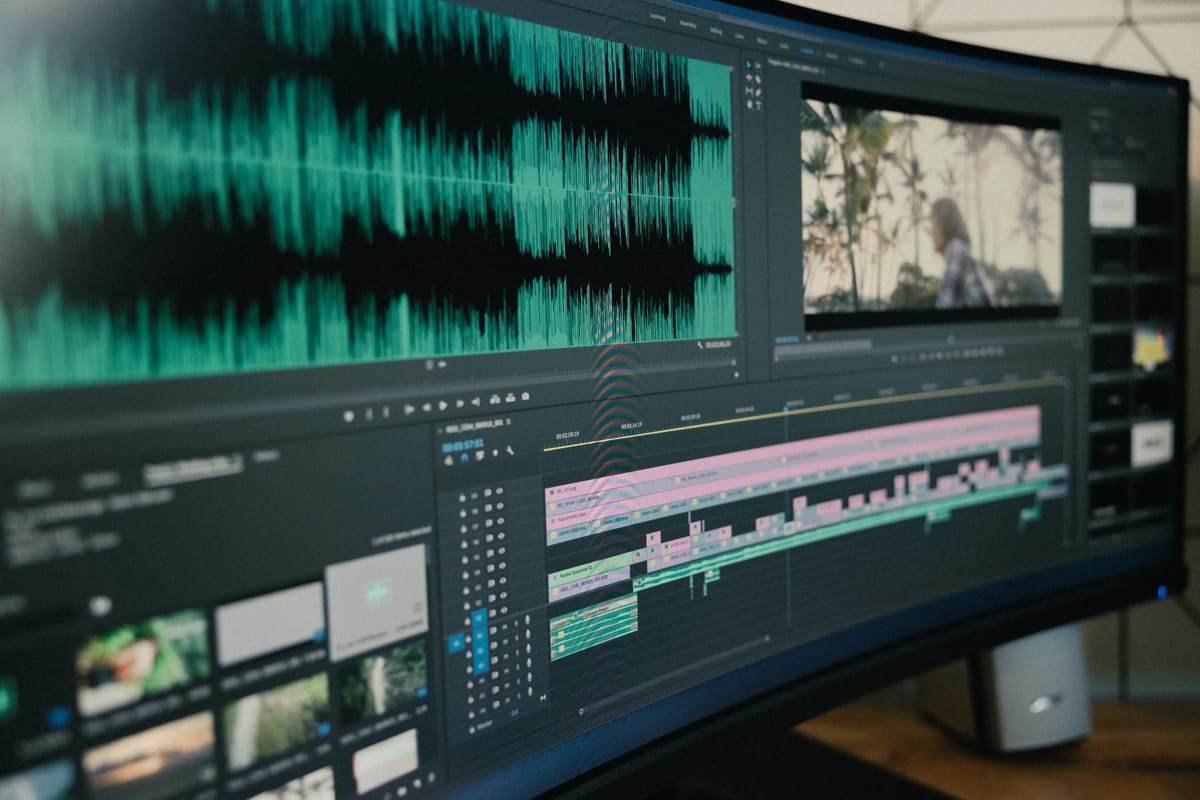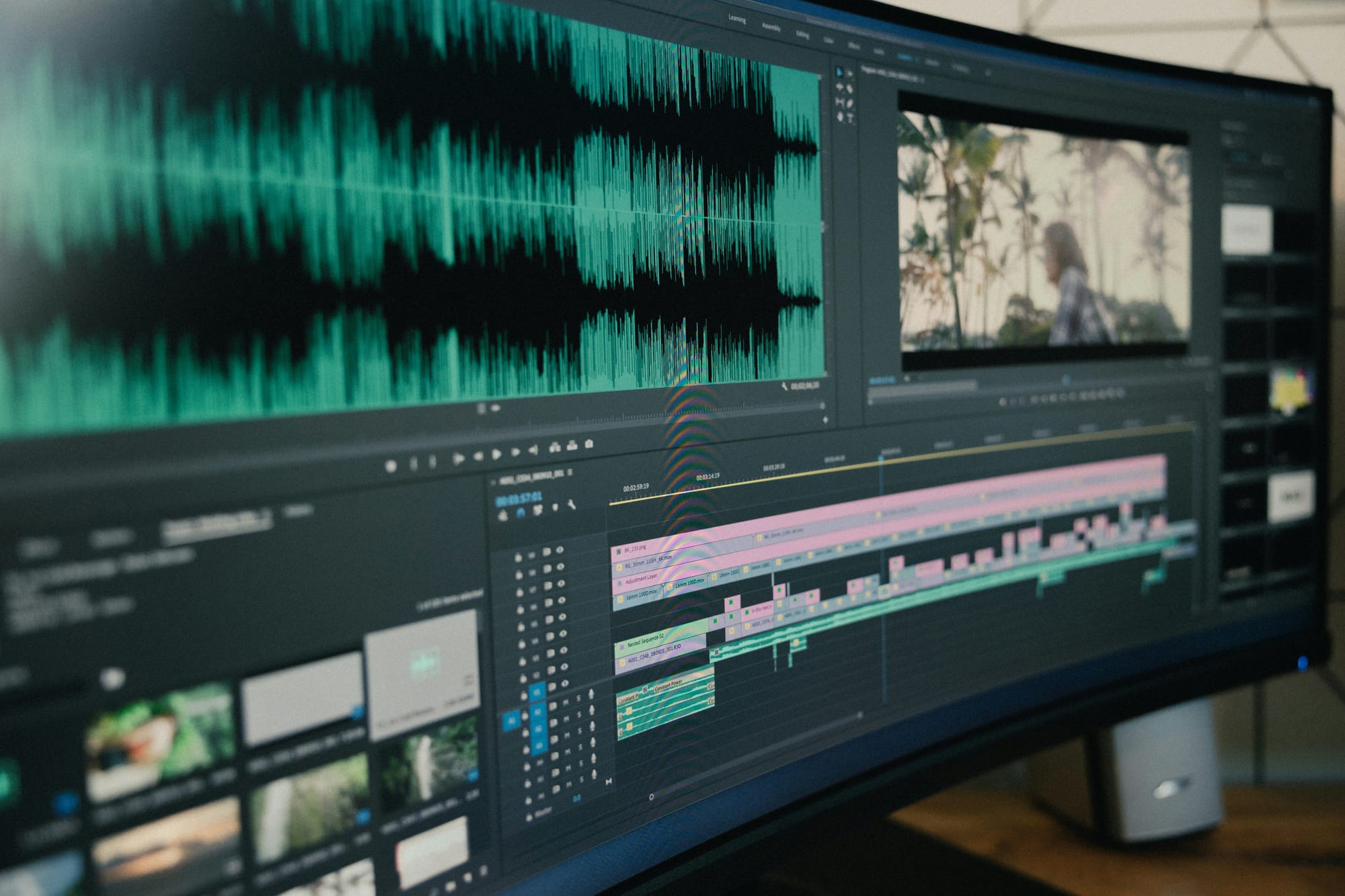The Importance of Clear Communication: Avoiding Misunderstandings with Your Video Editors
Effective communication is not just a nicety but a critical component of successful video production.


Effective communication is not just a nicety but a critical component of successful video production. Surprisingly, one lesser-known fact about communication in video editing is that misunderstandings often arise not just from unclear instructions but also from assumptions about technical terms and processes.
Key Takeaways:
- Clear communication prevents costly delays and errors.
- Using visual references minimizes the gap between instructions and expectations.
- Establishing feedback loops ensures alignment throughout the editing process.
In the fast-paced world of video production, where timelines are tight and creative visions must be translated into tangible results, clear communication is paramount. Misunderstandings can derail projects, leading to missed deadlines, increased costs, and client dissatisfaction. By ensuring that everyone involved—editors, clients, and stakeholders—shares a common understanding, these pitfalls can be avoided.
Addressing Technical Assumptions
One critical aspect often overlooked is the assumption of technical knowledge among team members. Not everyone may have the same level of familiarity with video editing terminology or software capabilities. Therefore, it's vital to establish a shared understanding from the outset.
Strategies for Clear Communication
1. Establishing a Common Vocabulary
Creating a glossary of video editing terms and ensuring all team members are familiar with it can prevent misunderstandings. This ensures that when terms like "rendering," "color grading," or "frame rate" are used, everyone interprets them consistently.
2. Using Visual References
Visual references, such as storyboards, mood boards, or reference videos, can clarify artistic direction and minimize the gap between verbal instructions and visual expectations. These tools provide a concrete visualization of what is expected, reducing the margin for interpretation errors.
3. Providing Clear and Specific Feedback
When providing feedback on edits, specificity is key. Instead of vague comments like "make it pop," provide precise instructions such as adjusting contrast levels or enhancing the audio clarity. This clarity helps editors understand exactly what changes are needed.
Tools to Enhance Communication
Effective communication can be facilitated by leveraging specialized tools designed for video production collaboration. Here are three tools and how they aid in improving communication:
1. Slack
Slack is a messaging app that facilitates real-time communication and file sharing. Video editing teams can create dedicated channels for projects, allowing instant feedback and discussions without relying solely on email.
- Instant Messaging: Communicate directly with team members, editors, and clients in real-time.
- File Sharing: Share video files, scripts, and reference materials instantly, ensuring everyone has access to the latest assets.
2. Zoom
Zoom provides video conferencing and webinar capabilities, essential for virtual meetings, reviews, and client presentations.
- Virtual Meetings: Host face-to-face meetings with team members and clients regardless of geographical locations.
- Screen Sharing: Share edits, storyboards, or presentations during meetings for real-time feedback and discussion.
3. Frame.io
Frame.io is a cloud-based platform specifically designed for video collaboration, offering tools for reviewing, commenting, and approving video edits.
- Review and Approval: Upload video edits for team and client review, with timestamped comments for specific feedback.
- Version Control: Track changes and iterations of video edits, ensuring everyone is working on the latest version.
Importance of Feedback Loops
Establishing feedback loops throughout the production process is crucial for maintaining clarity and addressing potential misunderstandings promptly. Regular check-ins and review sessions allow stakeholders to provide input, ask questions, and clarify expectations.
FAQ
1. How can I ensure my feedback is clear and effective?
Clear and effective feedback should be specific, focusing on actionable items rather than vague suggestions. Use examples and reference points to illustrate your points whenever possible.
2. What should I do if I don't understand technical terms used by my video editor?
Don't hesitate to ask for clarification. It's better to seek understanding upfront than to risk misunderstandings later in the process. Your video editor will appreciate your effort to ensure clear communication.
3. How can I prevent miscommunication with remote video editors?
Use video conferencing tools like Zoom for face-to-face meetings, share detailed briefs and visual references, and maintain regular communication channels to ensure alignment throughout the project.
4. Why is it important to document changes and decisions during the editing process?
Documentation helps maintain a record of all decisions made and changes requested throughout the editing process. This ensures accountability and provides a reference point for future discussions or revisions.
5. How can I improve communication with clients during video editing projects?
Keep clients informed about project milestones, timelines, and any changes in a clear and timely manner. Encourage open communication and provide opportunities for clients to provide feedback at key project stages.
Video editing teams can mitigate misunderstandings, enhance collaboration, and deliver projects that meet or exceed client expectations by prioritizing clear communication. Incorporating these strategies and leveraging communication tools can streamline workflows and contribute to the overall success of video production endeavors.